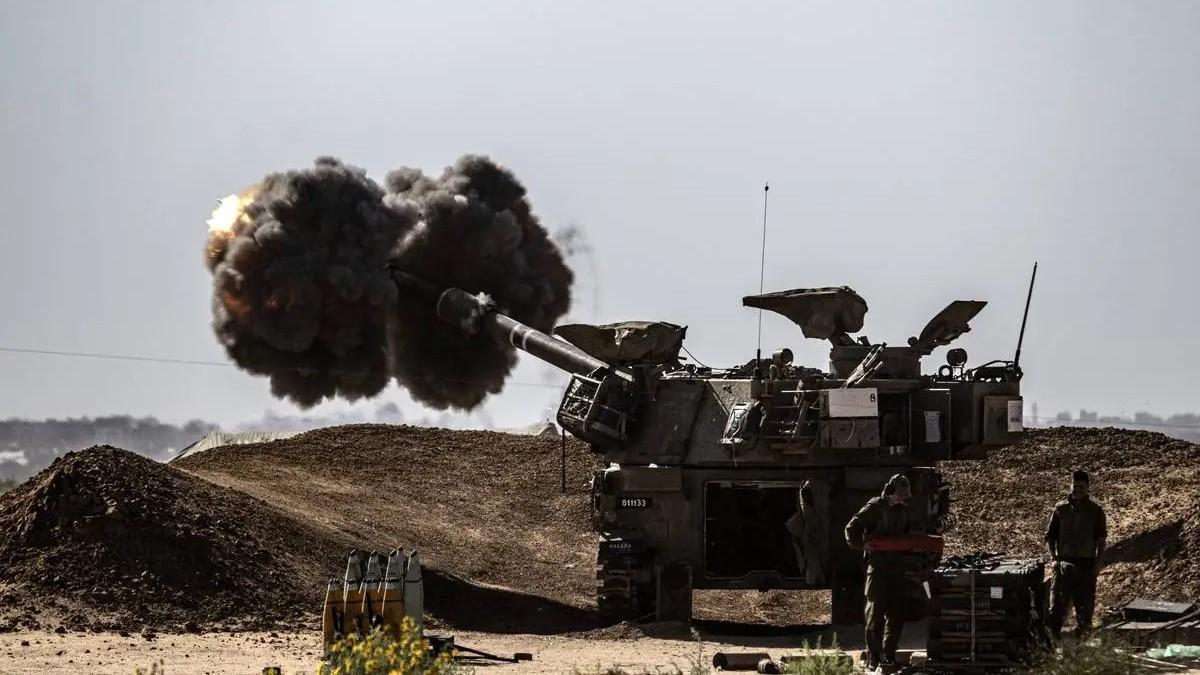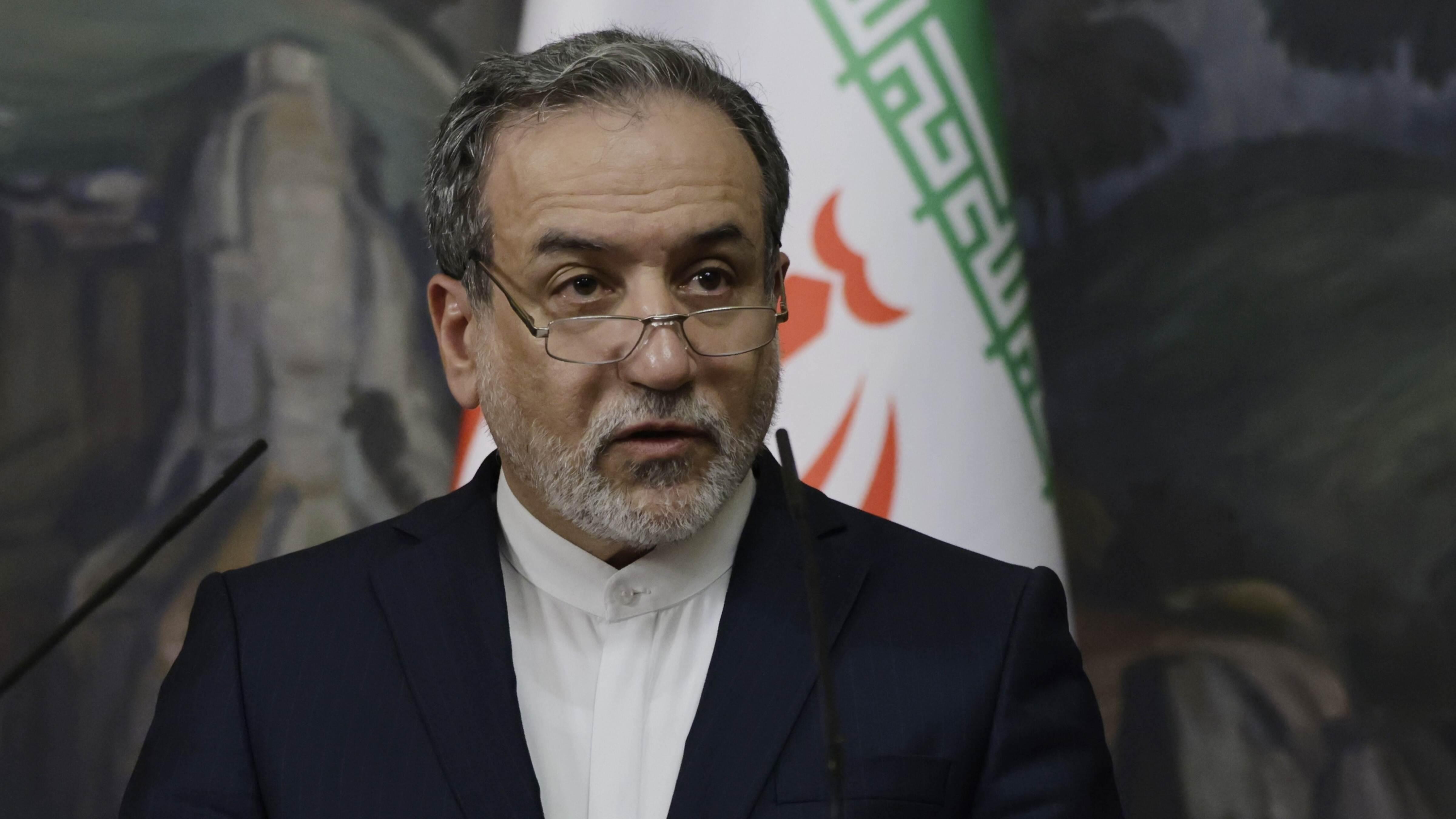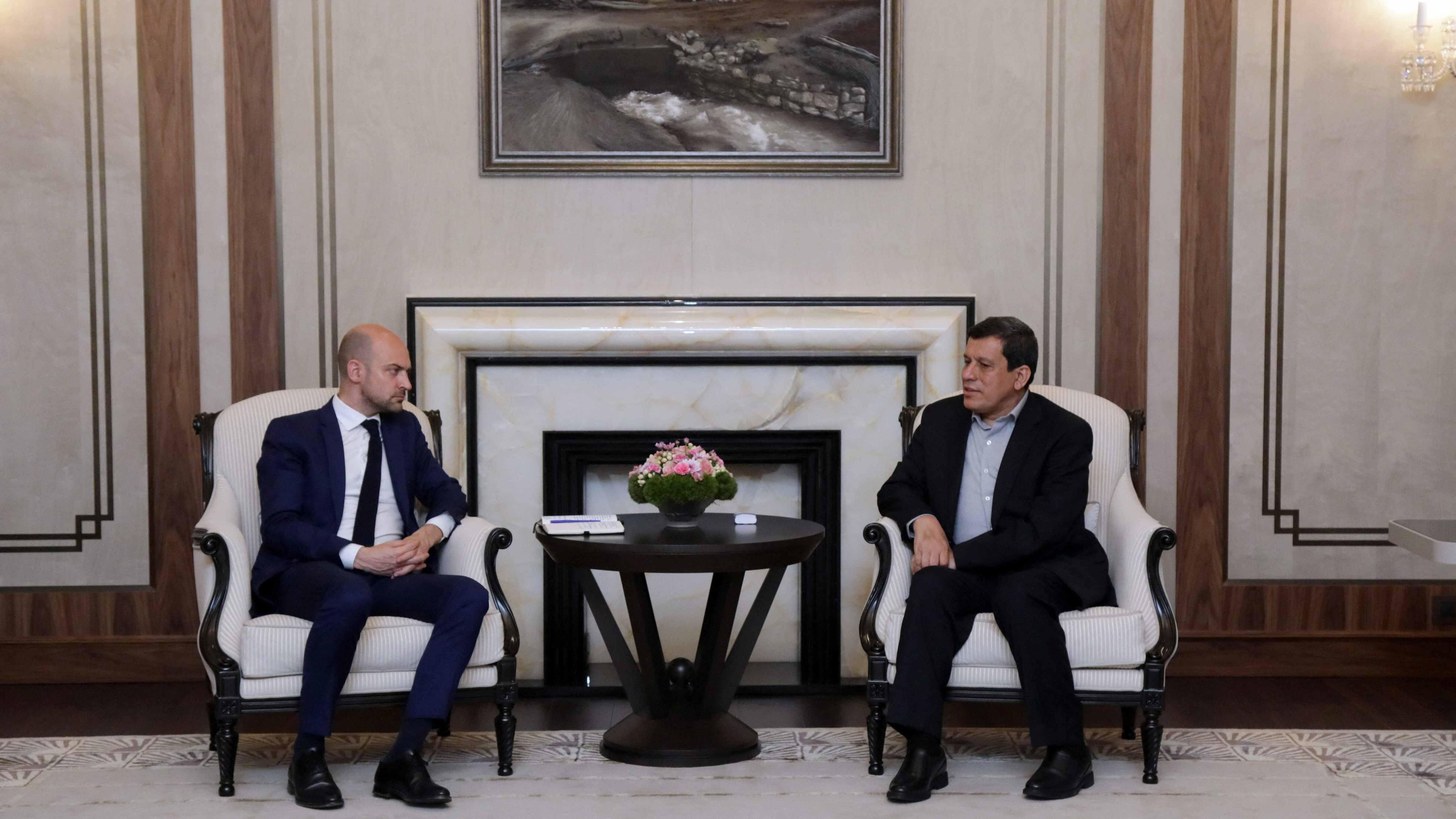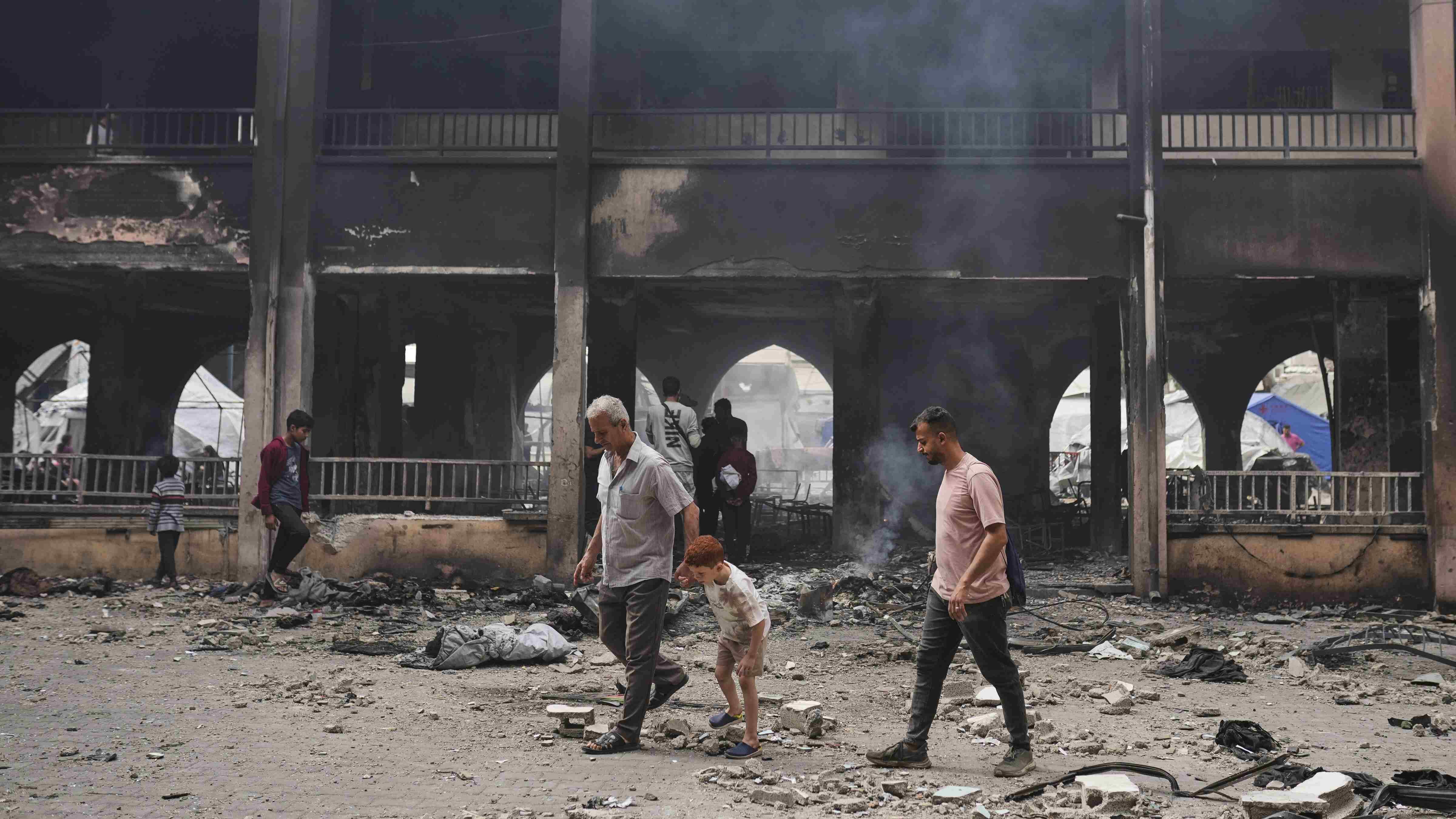Ground operation in Syria?
"Give up on PYD and instead let us fight against ISIL along with the Turkmen and Arab groups.” This was the proposal made by the Turkish officials to their American counterparts last week during President Recep Tayyip Erdoğan’s trip to the U.S. In return for the intervention of Turkish troops on the ground, they asked for American air cover.
Yet Washington refused to give up its dependence on the Democratic Union Party [PYD] in the anti-Islamic State of Iraq and the Levant [ISIL] fight. But why? Why does Washington not agree to depend on Turkey rather than on PYD?
According to Nüzhet Kandemir, Turkey’s ambassador to Washington during the first Gulf War, the U.S. doesn’t want Turkey to become a permanent player in the region. He points at the first Gulf War as an example.
Prior to the Gulf War in 1991, then-President Turgut Özal managed to pass a motion after a second vote in parliament following his insistent efforts. Yet even though the motion passed, Turkey could not get engaged in northern Iraq to the extent he envisioned.
Former U.S. Deputy Secretary of Defense Paul Wolfowitz later admitted: “We have not fulfilled the promises we made to Turkey during the first Gulf War.”
Yet Cemil Çiçek, then-state minister of the Motherland Party (ANAP) government, objects to this by saying that it is not the U.S., but the motion itself which restricted Turkey’s involvement in Iraq. Çiçek, currently an MP from the ruling Justice and Development Party (AKP) and former parliament speaker, recalls the context in those days.
Özal was very insistent on passing the motion, partly due to his warm relations with former U.S. President George Bush. The opposition in parliament, on the other hand, harshly opposed the motion. There were many antagonists within the governing ANAP as well, including then Prime Minister Yıldırım Akbulut. The resignation of the Chief of Staff, Necip Torumtay, following a fierce argument with Özal, further triggered the defiance. The great panic haunting Turkish people that the country was just about to enter a war also played a role.
Moreover, Özal was not only politically weak at that time, but also widely criticized domestically due to his “intimacy” with the U.S.
As a result, the motion was not passed in its original form, in other words, as Özal had envisioned. Originally it would allow Turkish troops to be sent abroad and foreign troops to be deployed on Turkish territory. Yet afterwards it was changed as follows: “Turkey will immediately exercise its right to self-defense if there is any offence to the country.” In other words, the scope of intervention was restricted to self-defense.
Çiçek argues this caused Turkey to miss a big opportunity. The U.S. had formed a no-fly zone in northern Iraq, north of the 36th parallel, which created a vacuum in that area. This in turn enabled the outlawed Kurdistan Workers’ Party (PKK) to settle in this zone and ignited the development of a Kurdish federal state.
“We have watched all of these developments just like watching a football game,” said Çiçek, adding that in this way Turkey had also not met the expectations of the U.S.
Yet Kandemir objects to Çiçek’s argument, saying that it would not make any difference if the motion had passed in its original form. “Even if it had passed that way, the U.S. was going to send Turkish troops to an area between Baghdad and Syria, which is called the ‘triangle of death due to its extremely risky nature.
Turkish soldiers would not be deployed in northern Iraq. In other words, it wouldn’t change anything.” He concluded saying, “The U.S. never wanted Turkey to enter Iraq, neither then, nor today.”
Yet what about today? What if Turkey enters Syria?
Conditions today are quite different. First of all, the intervention into Iraq in 1991 was granted international legitimacy since it operated under U.N. auspices. Moreover, 33 countries joined the ground operation pioneered by the U.S. Today, quite the opposite, there is neither international legitimacy, nor any country willing to fight on the ground.
Moreover, Syria has become the scene of a global clash of interests. If Turkey were to intervene, it would find itself right in the midst of this chaos. Additionally, there was no one in support of Iraq’s then-president, Saddam Hussein, those days. Yet today Syrian President Bashar al-Assad has not only explicit supporters such as Iran and Russia, but also various “latent” backers.
“It is quite blurred today who is behind whom in Syria. Hence even if the U.S. would say ‘I’m giving up on the PYD, so the floor is yours,’ we would need to think nine times,” warns Çiçek.
On top of all these, the map of the region is changing at the moment. Iraq and Syria are dissolving. Therefore the scope of the war and its implications are multiplied a zillion times.
This is why the U.S. is not taking action on Syrian refugees today. During the first Gulf War, it had explained the raison d’etre of the formation of the no-fly zone as “to protect Iraqi Kurds and enable the safe return of the refugees to their home.” This in turn enabled it to gain control of the area. Yet today Washington rejects Ankara’s proposal to set up safe zones in northern Syria to settle the refugees. Apparently, it finds it too early to gain influence in the country.











